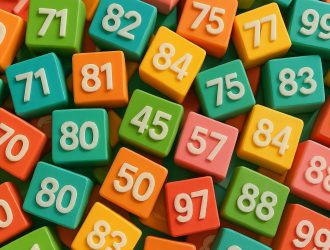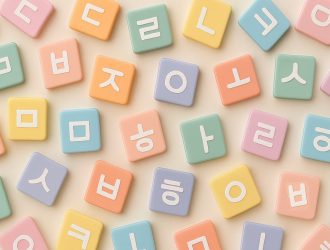Mastering the Rolled R: Tips and Exercises for Easy Practice
Rolling your Rs—formally known as the alveolar trill—is essential for pronunciation in languages like Spanish,…
A Practical Guide to Saying Goodbye in Korean
If you're learning Korean, you'll soon realize there's no one-size-fits-all way to say goodbye. The…
The Story Behind “Xue Hua Piao Piao”: Meaning and Origin Explained
If you've spent any time on TikTok or YouTube in the past two years, you're…
Top 5 Japanese Movies on Netflix That’ll Boost Your Language Skills
If you're learning Japanese, movies can be a goldmine—natural speech, cultural context, and if you're…
How to Say Sorry in Korean: 10 Essential Phrases and Responses
Knowing how to say "sorry" in Korean isn't just about vocabulary—it's about understanding tone, formality,…
Why Are French Numbers So Complicated?(Logic, History, and a Bit of Math Madness)
Let's talk numbers. Not so much maths, but how different languages count—because some counting systems…
Mastering Korean Consonants: A Clear Guide to Pronunciation
Learning Korean starts with its writing system: Hangul. It's logical and intuitive, but it still…
Hiragana vs. Katakana: What’s the Difference and Which Should You Learn First?
When you start learning Japanese, you'll quickly encounter two alphabets: hiragana and katakana. You might…
A Guide to Korean Speech Levels: How to Speak Respectfully in Korean
Vocabulary and grammar are just the beginning when learning Korean. One of the most challenging—and…
Understanding Language Fluency: What It Means and How to Achieve It
The term "language fluency" is frequently used—on job applications, in classrooms, and on travel websites.…













